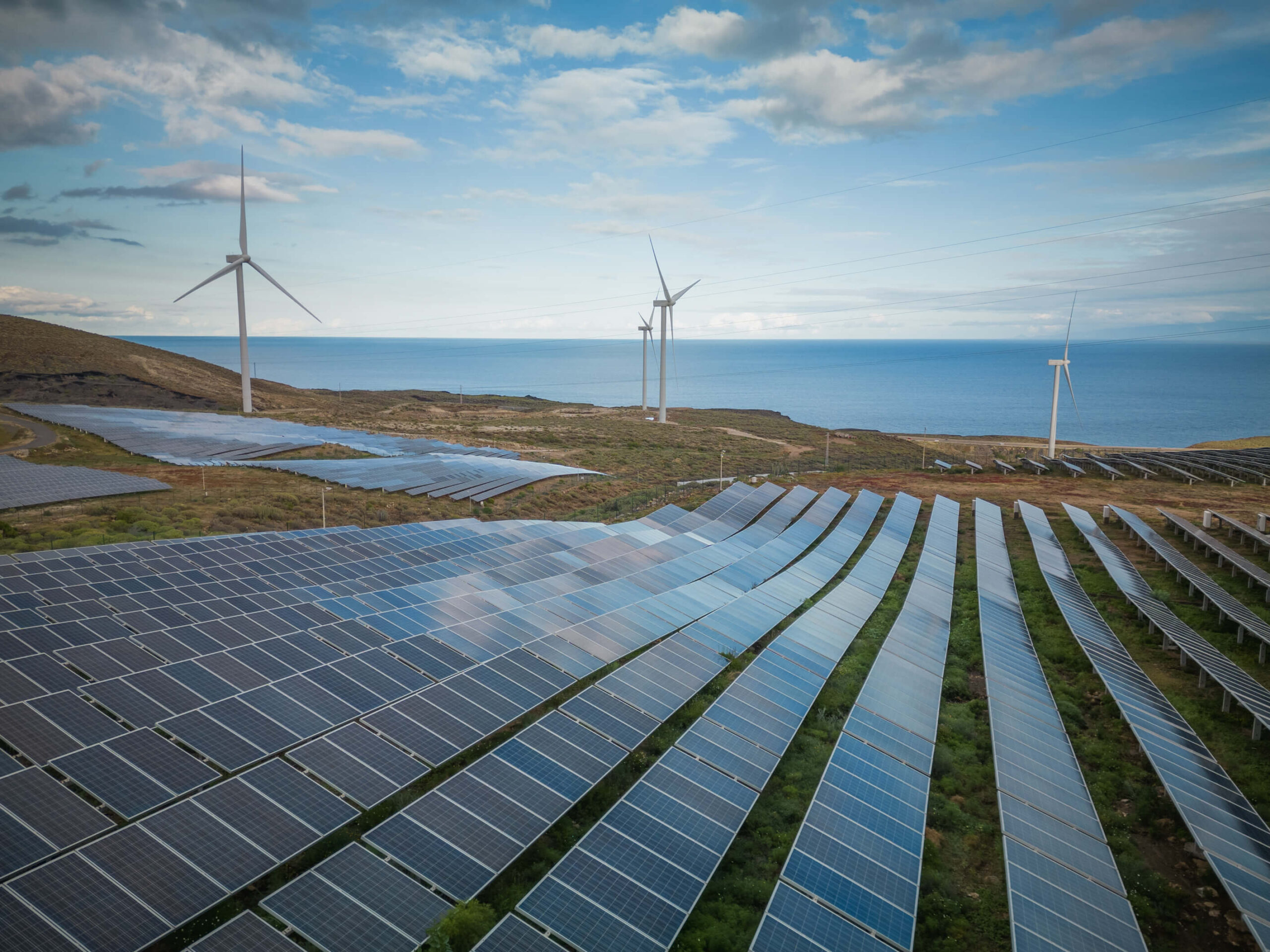Floating solar energy is defined as a system that floats solar panels on water surfaces instead of fixing them to land. Also known as floating photovoltaics or floatovoltaics, these systems are typically installed on calm water bodies such as lakes, ponds, dams, and reservoirs. The panels floating on water bring a cooling effect, which enhances their energy efficiency. This innovative system functions similarly to traditional solar energy panels and uses components like solar panels and inverters.
Our intern Pelin İzci explores why floating solar energy systems could be preferred for electricity generation, their advantages, and their potential in energy production based on observations and known technical information.
Compared to land-based systems, these systems do not require large and expansive areas, which is advantageous in densely populated regions and geographies with high land costs. Additionally, by floating on the water surface, the panels benefit from the cooling effect of the water, optimizing energy efficiency. Moreover, covering the water surface reduces evaporation, contributing to the conservation of water resources. Due to their installation on water, these panels cause less harm to the environment compared to other types of panels and support the preservation of local flora and fauna. These mentioned features are considered advantages and among the main reasons for their preference.
When we look at the reasons for the preference for floating solar energy systems, prominent advantages include land use optimization, high efficiency, and environmental protection effects. Additionally, floating solar energy systems increase energy production capacity, thereby enhancing energy diversity. Furthermore, in case of rising water levels due to changing weather conditions, the solar panels rise with the water, ensuring protection against floods and securing continuous energy production.
Alongside these advantages, concerns regarding floating panels should also be considered. The first is the high initial costs. The installation of floating solar energy systems can be quite expensive due to platform costs. Additionally, interconnections between grids can be complex. When electricity needs to be transported over long distances on water, delivering it to land can become a lengthy, costly, and complex process. Such connections often require special underwater cables. Furthermore, while floating solar panels have successfully operated in pilot projects over the past decade, there is not enough data available to determine how efficiently they will continue to operate in the future. This uncertainty raises questions about the lifespan of these systems.
As the use of floating solar panels increases today, their potential as a viable solar energy solution is gaining momentum. Countries using this system are predominantly seen in Asia. Leading countries in usage include the People’s Republic of China, followed by Singapore and Thailand. In Europe, the Netherlands plays a pioneering role in the implementation of floating solar energy systems on agricultural water sources. The first example of floating solar energy systems is recognized as the system installed over water reservoirs in Nagasaki, Japan. Japan’s limited land availability and high energy demand encourage the use of floating solar panels. These countries currently have the world’s largest operational floating solar energy systems, with capacities ranging from 45 MW to 300 MW. These innovative models clearly demonstrate the potential benefits of providing power to hundreds of thousands of homes, suggesting that these systems could offer benefits beyond expectations in the future.
In Turkey, the use of floating solar energy systems has rapidly increased in recent years. Starting with the pilot project on the Keban Dam Lake, this initiative has expanded to include the use of floating solar panels in some water reservoirs in Istanbul, Izmir, and Antalya, gradually becoming more widespread. When all water reservoirs in Turkey are included, the potential for floating solar energy systems is estimated to far exceed 540 million cubic meters.
Floating solar energy systems emerge as a significant solution, especially in rapidly urbanizing areas and regions where land use is limited. These systems utilize water surfaces to increase energy production capacity while minimizing the impact on natural habitats, thus supporting environmental sustainability. With these features, floating solar energy systems are expected to become an important part of future energy management strategies, contributing to sustainable energy production.
